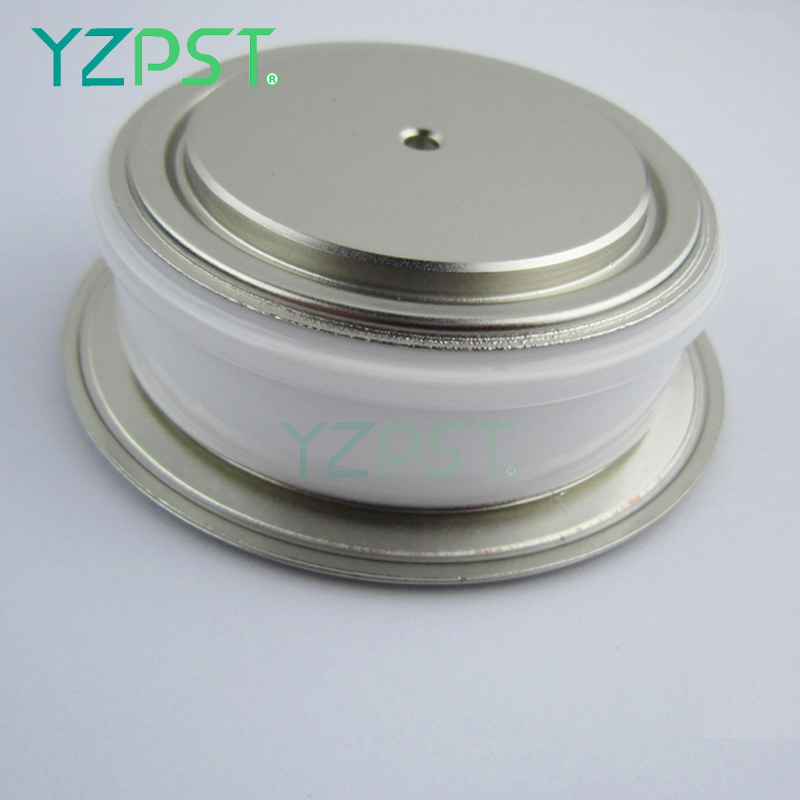The reason for the higher price of iPhone X is probably: high-cost COP packaging technology, high-cost 3D structured light Face ID, fully upgraded camera module and body material. However, the 3D structured light Face ID is the one that greatly increases the cost. So, if you say now that there is a chip technology manufacturer that has prepared a low-cost 3D structured light, and the technical specifications and security are at the same level as the iPhone X's Face ID, do you believe it?
This manufacturer is MediaTek, which once fought with Qualcomm. Not long ago, on the 5th of this month, MediaTek officially announced the launch of "the industry’s first binocular stereoscopic structured light for smartphones." It is reported that this technology is Through hardware such as infrared projector and two sets of infrared lenses, combined with software-level AI facial recognition algorithm supplemented by the hardware-level depth-of-field acceleration system provided by MediaTek chips, etc., more complex technologies are combined to form a high recognition rate and high-standard person Face recognition.
MediaTek, which is working on low-end chips, seems to be very good at controlling costs. Nowadays, many thousand-yuan phones still choose MediaTek chips. MediaTek still has a market share that cannot be underestimated in the low-end market. But what about MediaTek's face recognition? MediaTek officially claims that the smartphone that chooses this solution can achieve the same level of face modeling accuracy and payment-level security as the iPhone X. Of course, the advantage is that the cost is lower than that of 3D structured light. In addition, this solution of MediaTek basically does not require additional DSP components in operation, so it will not cause additional power consumption.

At the same time, in terms of compatibility with complex scenes, MediaTek’s binocular structured light has the ability to resist environmental interference. The official claims that this face recognition can ensure normal application in various light and climatic environments. We know that the Face ID of Apple’s iPhone X needs to be equipped with a high-cost dot matrix infrared projector, while MediaTek’s "binocular structured light" only requires ordinary random texture infrared projectors and a dual-lens assembly process. In this way, while greatly simplifying the calibration process, the yield rate and mass production are improved, the cost is lower, and the power consumption is lower. Compared with other low-cost non-structured light face recognition technologies, the binocular structured light solution has the advantages of higher accuracy and less failure in dark light environments. Currently, MediaTek's own Helio P60 and Helio P22 chips can support this technical solution.
Of course, this also means that thousands of yuan machines that choose MediaTek chips can also use high-security structured light face recognition. Will this be MediaTek's “killer†in the low-end mobile phone market again? let us wait and see.
Rectifier Diode(Standard Diode)
Rectifier Diode(Standard Diode) utilizes the unidirectional conductivity of the diode, which can convert the alternating current of alternating direction to a pulsating direct current of a single direction. Rectifier diode – diode designed for rectifying alternating current (mostly with low power frequency – 50 Hz at high power emitted during load). The main task of the rectifier diode is to convert AC voltage into DC voltage through application in rectifier bridges. The variant of rectifier diodewith the Schottky barrier is particularly valued in digital electronics.

Rectifier Diode,Standard Diode,High Power Rectifier Diode,High Voltage Rectifier Diode
YANGZHOU POSITIONING TECH CO., LTD. , https://www.cnfudatech.com